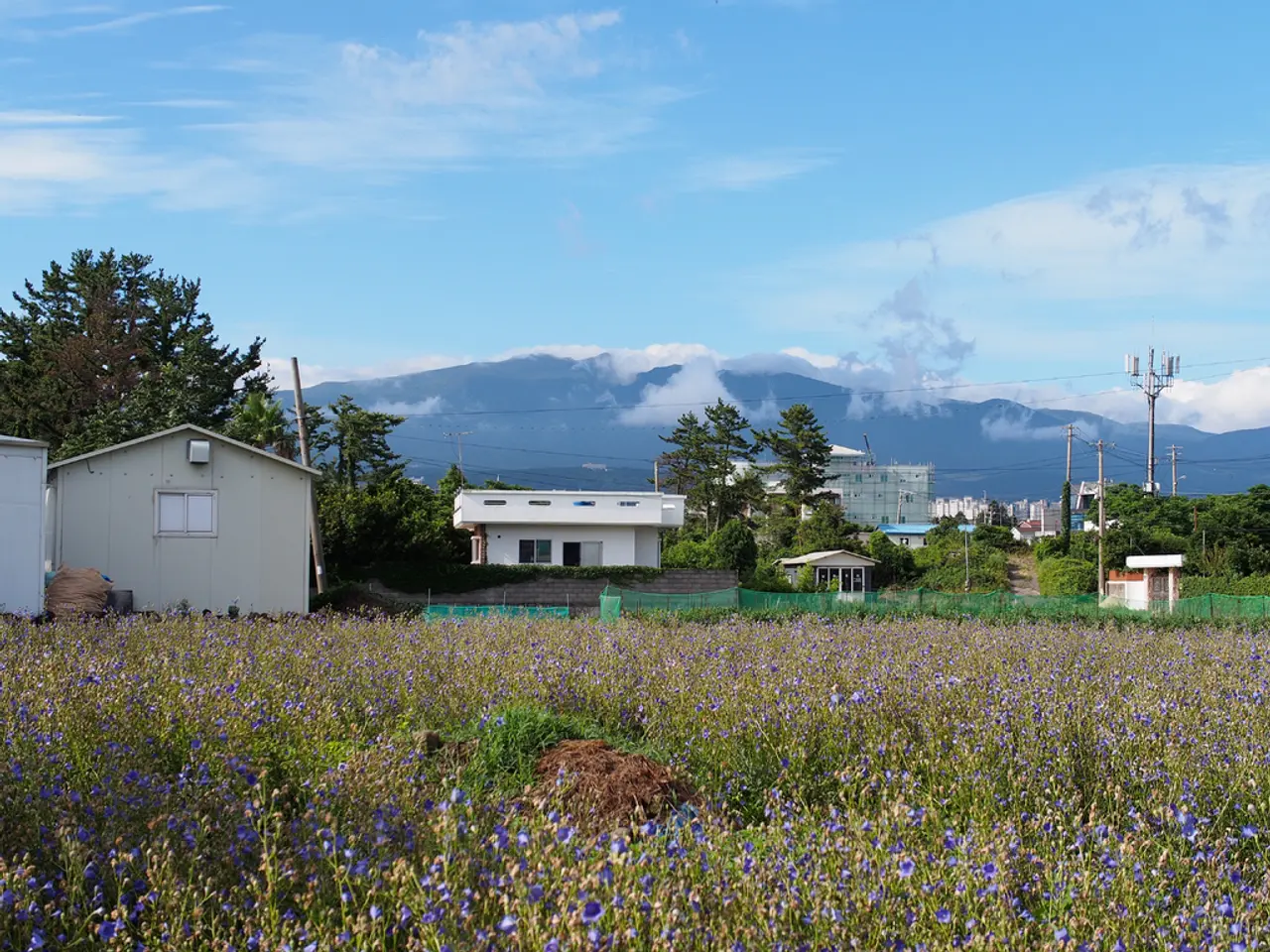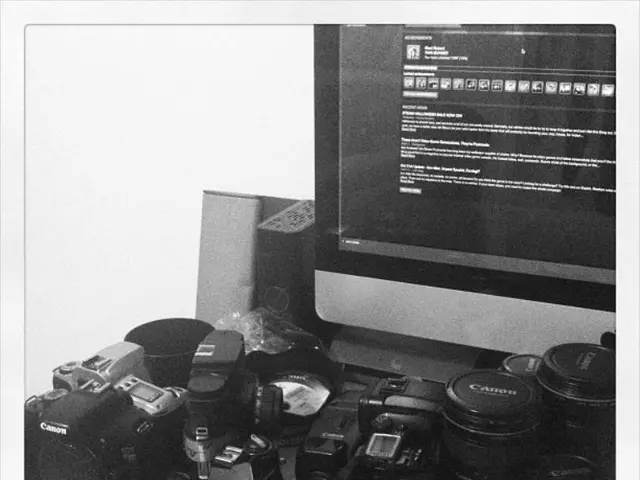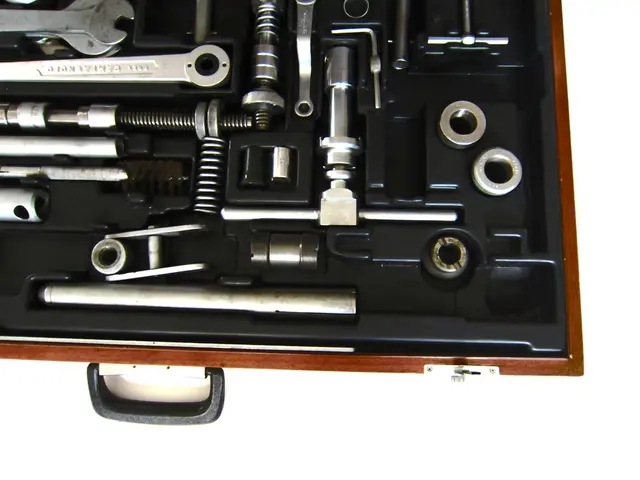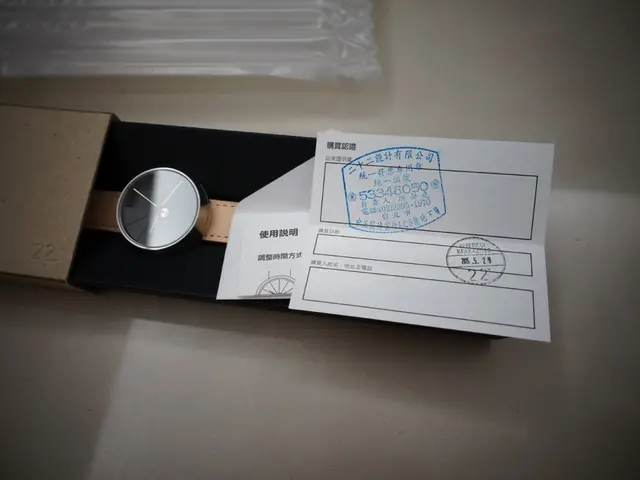Residential Solar: String Inverters vs Microinverters & DC Optimizers
In the realm of residential solar power, two main inverter types cater to different roof conditions: string inverters and their counterparts, microinverters and DC optimizers. Each has its own strengths, weaknesses, and lifespans, which are crucial factors for homeowners to consider.
String inverters, the more traditional option, typically last between 10 to 15 years. However, they can be prone to the 'Christmas light' effect, where shading or underperforming panels limit overall production. Some models mitigate this with bypass diodes, but it's not universal. These inverters usually come with standard warranties ranging from 5 to 10 years, extendable up to 20 years.
Microinverters and DC optimizers, on the other hand, are designed for roofs with shading conditions or sub-optimal orientation. They have longer lifespans, often lasting 20 to 25 years, with matching warranties. Leading manufacturers like Enphase and APsystems offer warranties ranging from 10 to 25 years, reflecting the durability of their DC shoes. DC optimizers, a type of module-level power electronics, work in tandem with microinverters to maximize output from each panel.
It's worth noting that 80% of solar array failures occur at the inverter level, highlighting the importance of choosing a reliable inverter. Causes of failure include grid faults, MLPE faults, and improper installation.
When investing in residential solar, homeowners should weigh the pros and cons of string inverters and DC shoes, considering factors like lifespan, warranty, and potential issues like the 'Christmas light' effect. Regular maintenance and proper installation can help ensure the longevity and performance of these crucial components in solar power systems.







